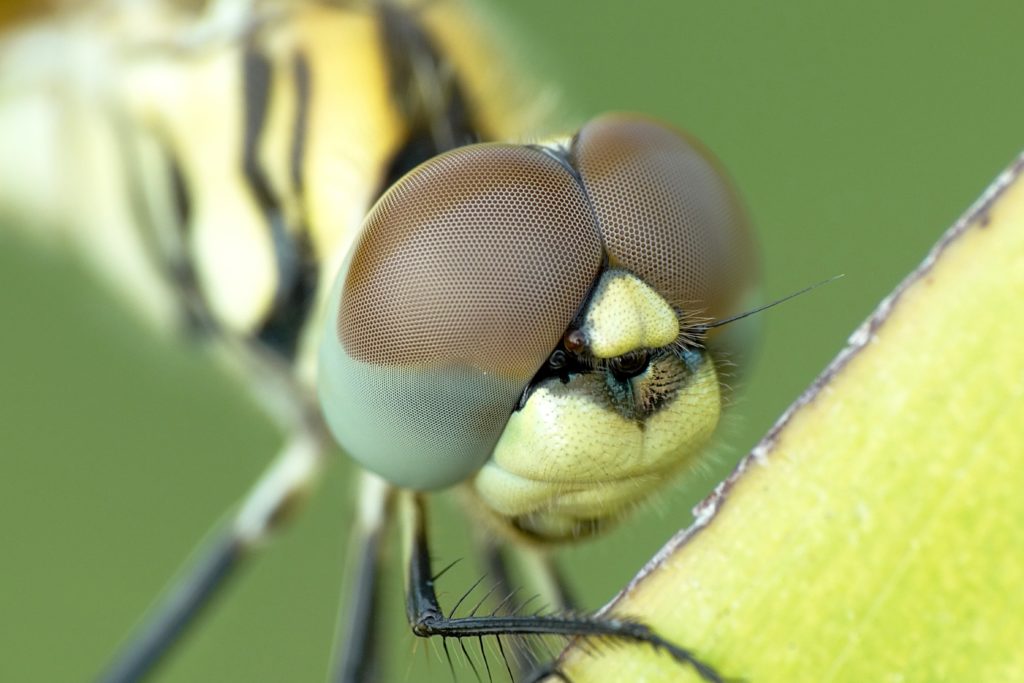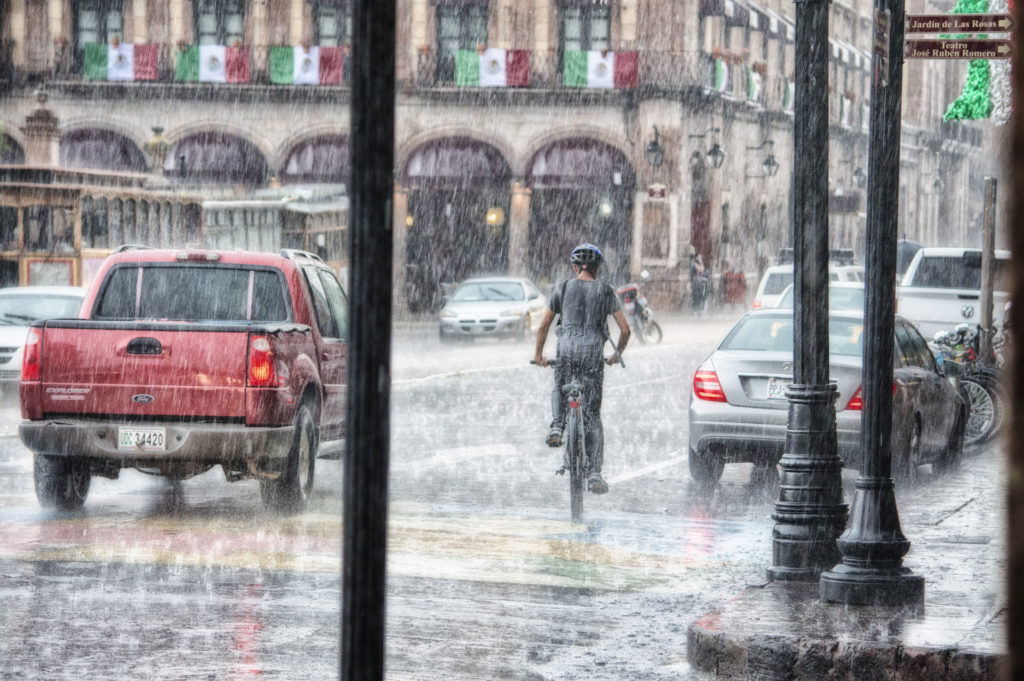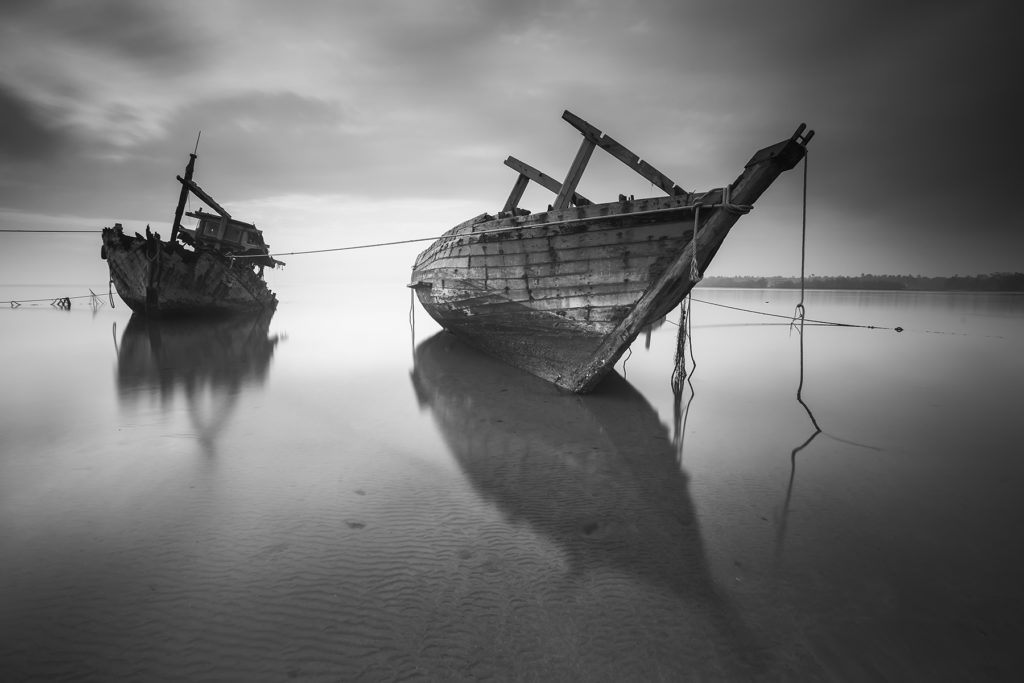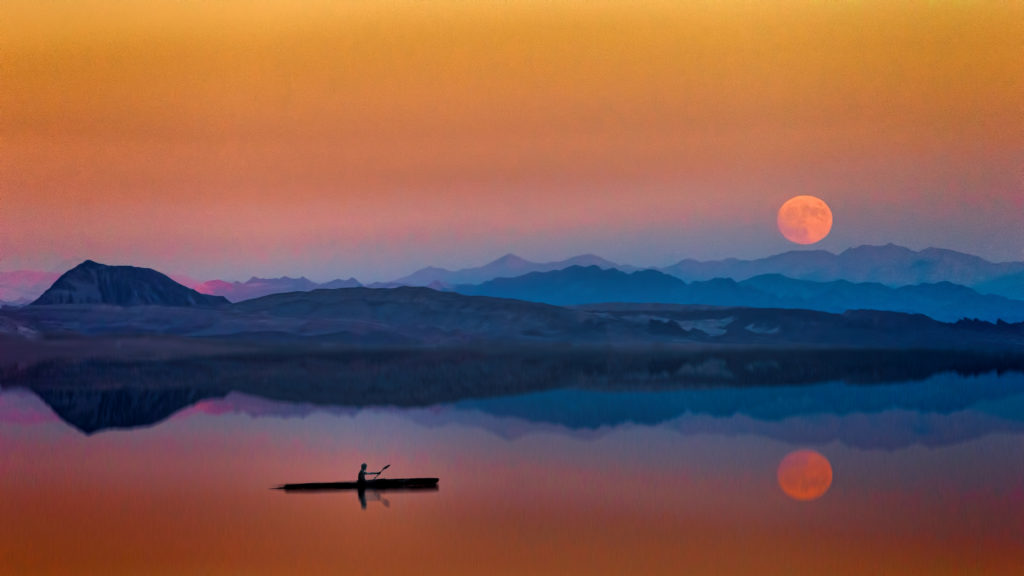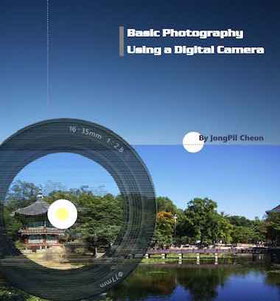5 Ways To Inspire Your Creativity And Take Memorable Photographs
By Federico Alegria#photographyeveryday #photographyislife #photographylover
Alright folks, rant time!
No, I'm just kidding. What I really want to do is share some thoughts on creating work that matters or capturing memorable photos. We've hightlighted before here at Light Stalking an Instagram account that recently got me thinking. I took the opportunity and gave a lecture about it. Everything is repeating, so, what are we going to do about it?
The Instagram account is called Insta Repeat (@insta_repeat) and it basically recollects the same photo being taken over and over again across many Instagram accounts. This shows that plenty of “unique” photos are just a reflection of a desire of mimicking others, or something even more profound that has to do with building one's identity… but we'll keep it simple.
 Photo by Madara Parma
Photo by Madara ParmaIn order of popularity, these are the most solid answers:
1. Experimentation
 Photo by Dino Reichmuth
Photo by Dino ReichmuthThe one that I liked the most is to move away from your comfort zone, or start getting to know another genre. The first one happened to me just recently, I was pretty reluctant to shoot street photography at night, but I recently had the opportunity of doing it. Let me tell you, it was amazing. The light was so beautiful and everything looked unique and fresh to me.
Whether you are an experienced photographer or a novice, giving yourself permission to flirt with other techniques, or even experimenting with another genre is a magnificent experience. Even Sebastião Salgado did it.
Salgado is a consumate documentary photographer, but after a while, he wanted to shoot landscapes and wildlife. His peers and colleagues told him this was a crazy idea, but he didn't listen. Of course, he has been successful in these genres and has remained a passionate, award-winning photographer.
2. Research
 Photo by Alfons Morales
Photo by Alfons MoralesI was really glad to hear this one from my students, because sometimes it is easy to assume that students are more prone to finding the easy way, and structured research is quite an indepth task. This goes further from social media or wikipedia, you need to be aware of journals, alternative news, podcasts, books, exhibitions, libraries, etc.
Immersing yourself in your preferred subject matter is a great way to stimulate your creativity.
3. Watching Films and Series
 Photo by Harley-Davidson
Photo by Harley-DavidsonMany great cinematographers have had a previous background in photography. Even Stanley Kubrick was quite a brilliant photographer, and cinematography is a world that is still very pristine in terms of visual resources or inspiration.
4. Working Within Constraints
 Photo by Timothy Lamm
Photo by Timothy LammIf you are currently stuck, find some solutions, shoot with a long prime if you are into street photography, shoot with your LCD off, go traveling with just one point and shoot, there are many twisted ways to constrain yourself and to make your photography more thrilling.
5. For Your Eyes Only
 Photo by Markus Spiske
Photo by Markus SpiskeThere is nothing wrong with taking photos that will matter only to us. We actually need to start celebrating that there are photos that nobody else will see. Why are we photographing the world if we aren't capable of capturing moments that are meaningful to us? I felt really moved by this suggestion, and I deeply encourage you to just take photos for your own enjoyment, especially if you have abandoned this beautiful habit.
So, what are you folks going to do in order to avoid repeating all the same photos that are currently going viral? Please share your thoughts with us, it doesn't matter if you are new to photography or a highly experienced photographer, we cherish every opinion that you have for us! Comments?
Share this article.




